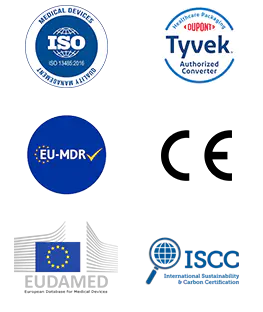With the rapid development of medical, laboratory, and veterinary industries, sterilization management of instruments has become a crucial step to ensure operational safety and hygiene quality. Pouches, known for their efficiency, safety, and ease of use, have gradually become an important tool in standardized management. This article provides a comprehensive analysis of pouches, including their definition, types, selection, usage precautions, and advantages, with practical applications from Hopeway AMD to illustrate industry trends and value.
Content
What is a Heat Sealing Sterilization Pouch?
A sealing sterilization pouch is a packaging bag specifically designed for medical instruments, dental tools, and laboratory supplies. It achieves a sealed environment through heat sealing, and sterilization is completed via high-temperature steam, ethylene oxide, or other chemical disinfectants.
Core Functions:
Maintain instruments in a sterile state after sterilization
Prevent secondary contamination and extend the safe usage period of instruments
Heat sealing pouches are not only carriers for instrument storage but also critical components for operational safety, making them indispensable tools in modern healthcare facilities and laboratories.
Main Types of Heat Sealing Sterilization Pouches
Based on material and design features, pouches can be categorized as follows:
| Type | Features | Suitable Applications |
|---|---|---|
| Single-Side Transparent / Paper Bag | One side transparent for observation, paper side allows steam penetration | Steam sterilization |
| Double-Side Transparent Bag | Fully transparent for easy visual inspection | Non-steam chemical sterilization |
| Bag with Indicator Strip | Heat-sensitive or chemical indicator shows sterilization status | Batch management, operational tracking |
| Self-Sealing Bag | Convenient for short-term use | Daily small-scale operations |
| Heat-Sealing Bag | Superior sealing, suitable for long-term storage | Hospitals, laboratory long-term management |
By combining different types, institutions can flexibly select pouches based on sterilization method, instrument type, and storage duration.
How to Choose the Right Sterilization Pouch?
When selecting a sealing sterilization pouch, factors such as material, size, permeability, and functionality should be considered:
1.Based on Instrument Type and Size
Length & Width: The pouch length should slightly exceed the instrument length, and the width should match the instrument thickness to avoid folding or compression.
Instrument Shape: Sharp, slender, or large instruments may require reinforced or specially designed pouches to prevent punctures or damage.
2.Material Heat Resistance
Steam Sterilization: The pouch material must withstand high temperature and pressure (usually 121–134°C) without melting or deforming.
Chemical Sterilization: For ethylene oxide or other low-temperature disinfectants, select materials resistant to chemical agents.
3.Permeability & Sealing
Steam Permeability: Steam sterilization requires the pouch to allow steam penetration for complete sterilization.
Sealing to Maintain Sterility: After sterilization, the pouch must be well heat-sealed to ensure the sterile state is not compromised by air or dust.
4.Indicator Features
Chemical Indicator Strip: Shows whether sterilization conditions have been met, assisting operators in confirming completion.
Transparent Window: Facilitates inspection of instrument placement and cleanliness.
5.Usage Cycle
Single-use vs. Reusable: Most pouches are single-use, though some high-temperature materials allow short-term reuse.
Storage Duration: For long-term storage, choose pouches with strong durability and tight sealing.
6.Compatibility with Equipment
Heat Sealer Compatibility: Ensure pouch thickness and width match the heat sealer for uniform sealing.
Operational Convenience: Pouches that are easy to open, fold, or have tearable designs can improve workflow efficiency.
Usage Precautions
In practice, proper use of sealing sterilization pouches is key to ensuring sterility:
| Operation Step | Specific Requirements |
|---|---|
| Heat Sealing | Seal evenly, without gaps or damage |
| Pre-Sterilization Check | Ensure instruments are thoroughly cleaned to avoid contaminating the pouch interior |
| Storage | Keep in a dry, shaded, and low-humidity environment |
| Usage Frequency | Most pouches are single-use; some high-temperature materials allow short-term reuse |
These details directly affect sterilization effectiveness and instrument safety, making them a core aspect of institutional management.
Advantages of Heat Sealing Sterilization Pouches
1.Guarantee Sterility
Isolate bacteria and contaminants: Once sealed, instruments are protected from air, dust, and microorganisms, preventing secondary contamination.
Maintain long-term safety: Even during extended storage, instruments remain sterile, ensuring safe usage.
2.Facilitate Management
Batch tracking: Chemical or heat-sensitive indicator strips show whether sterilization has been completed, making it easier for staff to verify and record.
Standardization: Uniform sizes and labeling simplify centralized management and standardize daily operations.
3.Extend Instrument Lifespan
Reduce repeated cleaning: Sealed instruments require less handling, lowering wear and corrosion risks.
Protect precision instruments: Prevents metal oxidation and contamination of plastic components, extending service life.
4.Easy Operation
Quick sealing: Heat sealers complete sealing in a short time, saving labor.
Adaptable to various instrument sizes: Pouches can be selected based on length and thickness without complicated procedures.
5.Multi-Scenario Application
Medical institutions: Sterile storage for surgical instruments, dental tools, etc.
Laboratories: Long-term sterile management for test tubes, instrument accessories, and other supplies.
Veterinary clinics: Safe management of surgical and disinfected instruments.
These advantages not only enhance operational safety but also optimize institutional workflow.
Why Choose Hopeway AMD's Heat Sealing Sterilization Pouches?
Hopeway AMD combines industry needs and technological innovation to provide comprehensive solutions:
Multi-layer filtration and heat-resistant materials: Ensure pouch stability in high-temperature sterilization and maintain instrument sterility.
Precise heat sealing technology: Guarantees even, leak-free sealing.
Intelligent indicator management: Chemical strips and transparent windows allow easy batch management and sterilization verification.
Eco-friendly and convenient: Materials are partially recyclable, and modular design facilitates cleaning and storage.
With these features, Hopeway AMD's pouches enable efficient, safe, and reliable sterilization management across medical institutions, laboratories, and veterinary clinics.
By selecting and using heat pouches correctly, institutions can effectively maintain instrument sterility, optimize management processes, and improve operational efficiency. Hopeway AMD's products and innovations provide reliable solutions and set a benchmark for the future standardization and intelligent development of sterile management.

 English
English Français
Français Deutsch
Deutsch Nederlands
Nederlands


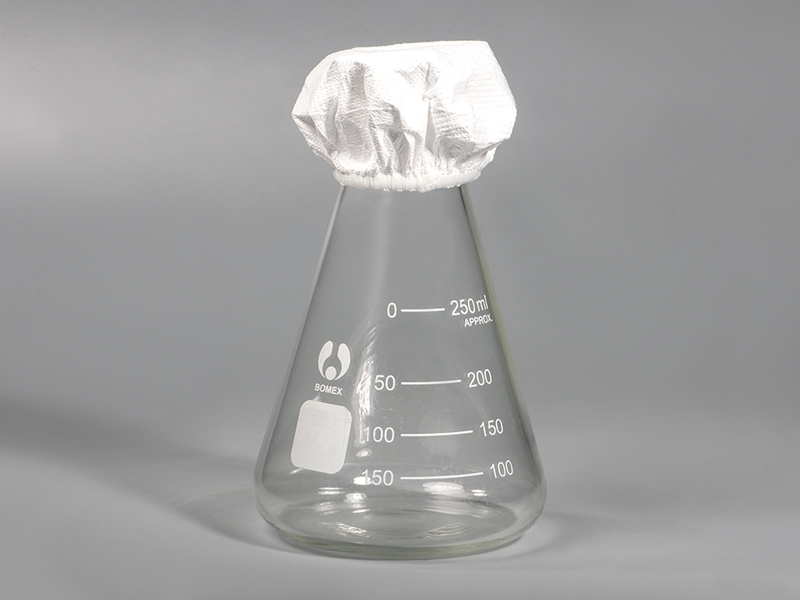
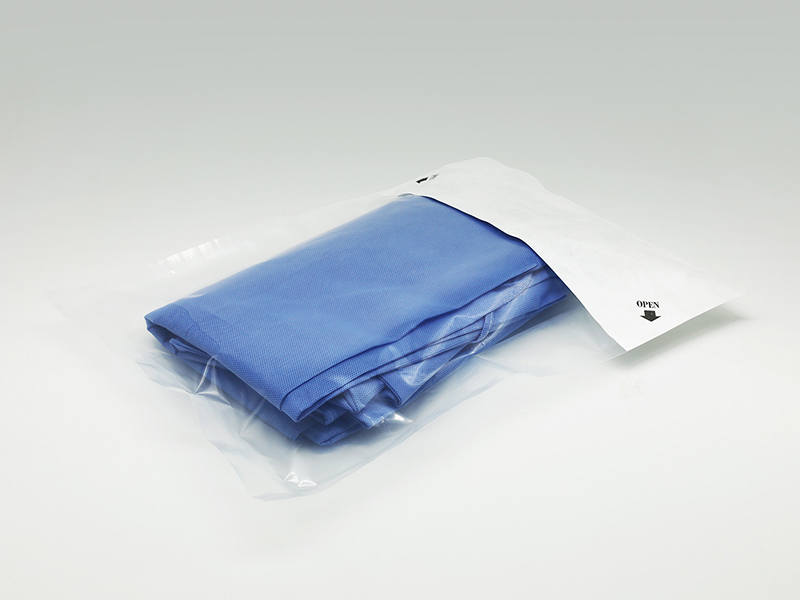



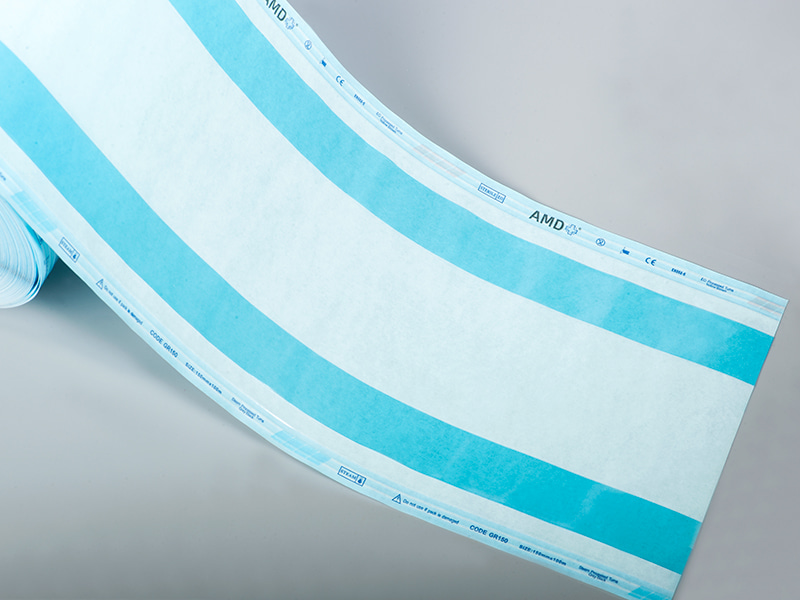
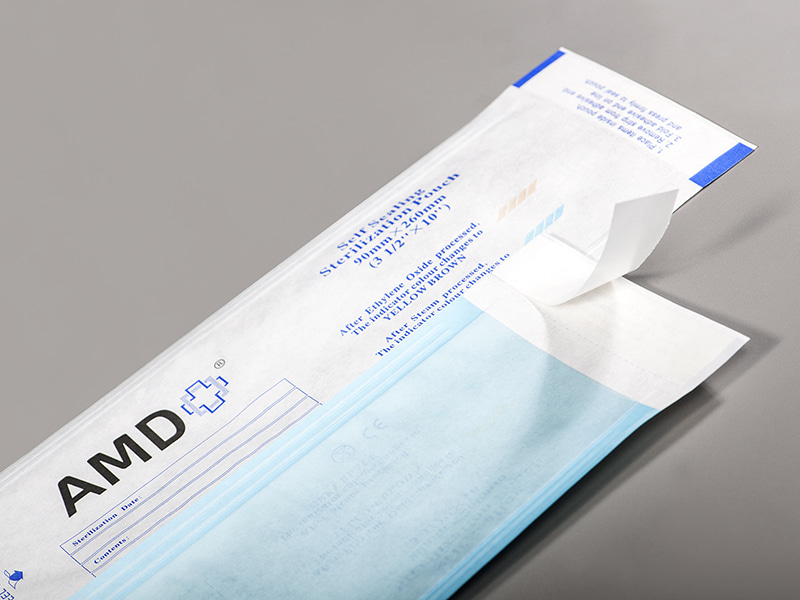
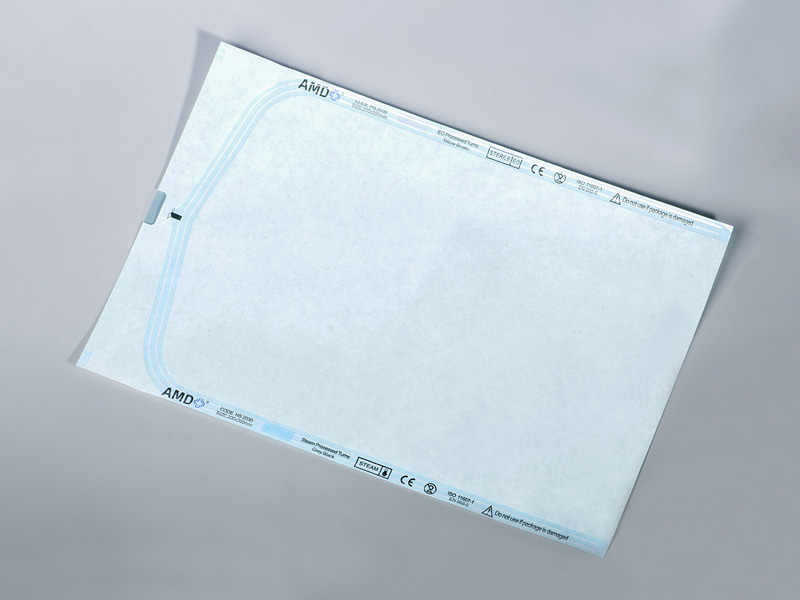
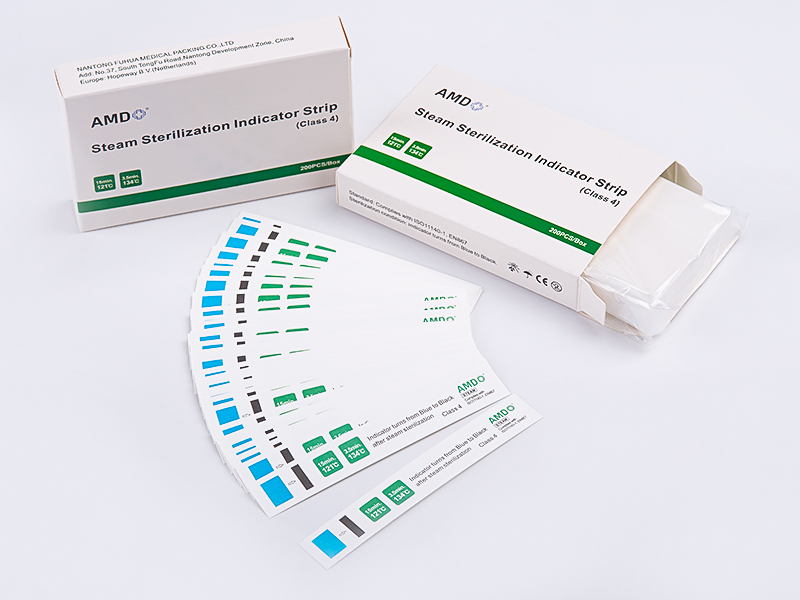
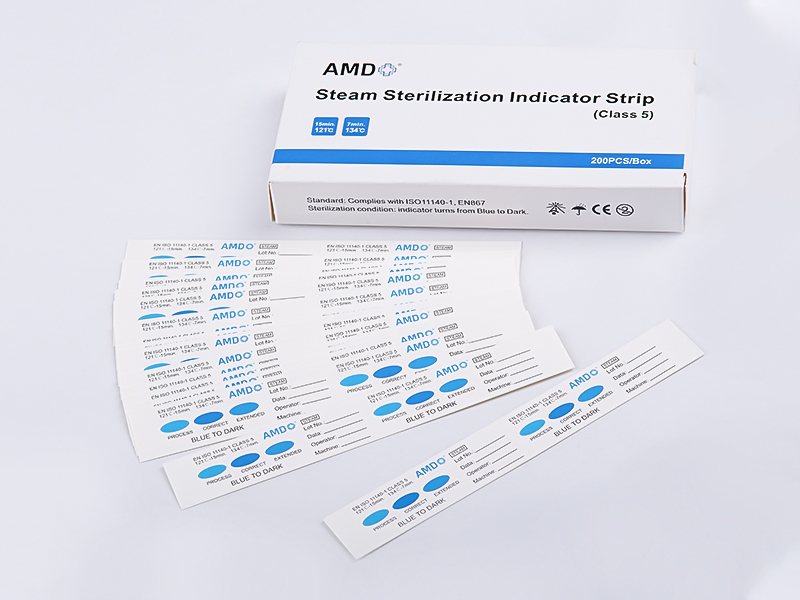

 ‘s-Gravenweg 542, 3065SG RotterdamThe Netherlands
‘s-Gravenweg 542, 3065SG RotterdamThe Netherlands
 +31 (0)10 254 28 08
+31 (0)10 254 28 08
